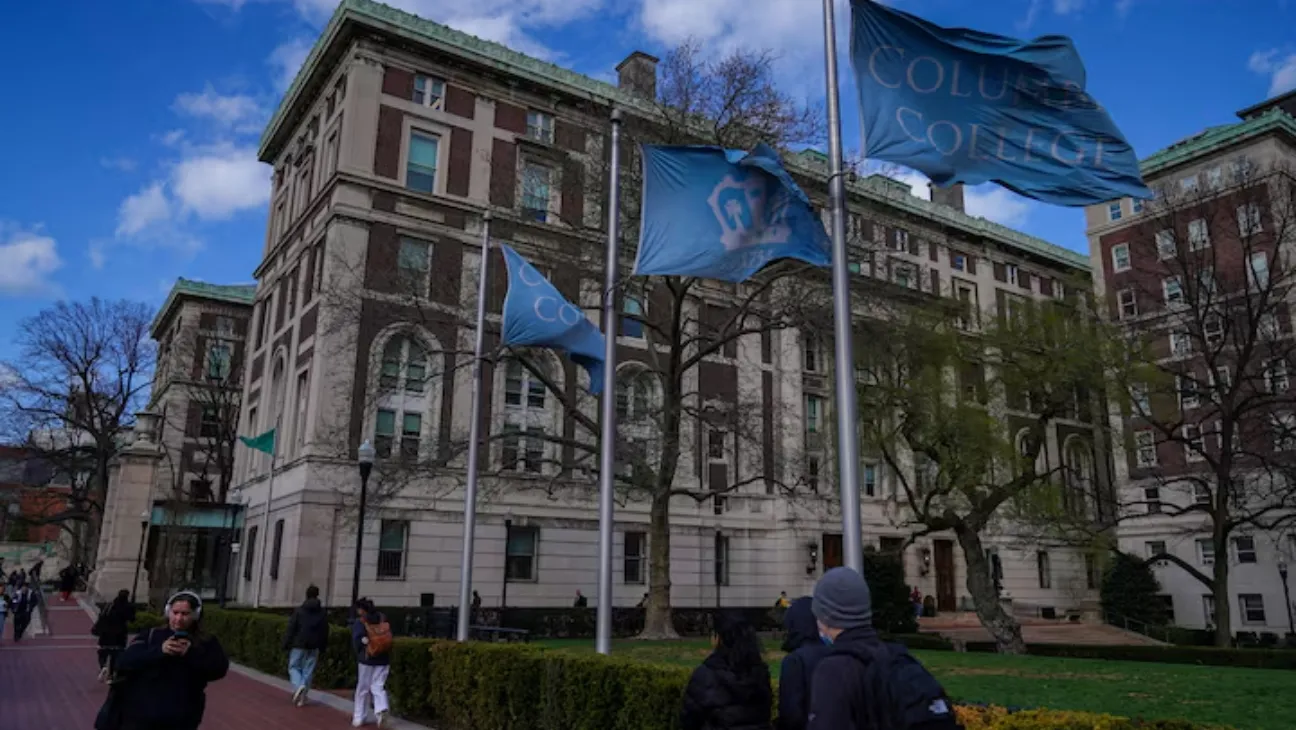On Thursday, President Donald Trump signed a memorandum ordering universities to start recording the race and sex of applicants, those admitted, and those who enroll — an initiative the White House says is designed to make sure schools comply with the high court’s prohibition against race-conscious admissions.
This is a new front in the administration’s efforts to dismantle affirmative action policies in higher education. It follows a landmark 2022 Supreme Court ruling that rejected the use of race as part of a holistic college admissions process and ongoing investigations of schools supporting diversity, equity and inclusion programs.
According to the White House, the goal is to ensure compliance. Without admissions data, the administration argues, schools can sidestep the court’s decision by encouraging students to submit “diversity statements” that implicitly signal their racial background.
The memo, announced without prior consultation with universities, tasks the U.S. Department of Education with collecting detailed demographic data. Education Secretary Linda McMahon has ordered the National Center for Education Statistics to begin gathering race and gender information across the admissions pipeline — from applicants to admitted and enrolled undergraduates.
But the response from the higher education community was swift and skeptical.
Jonathan Fansmith, a senior vice president at the American Council on Education, called the order vague and legally questionable. His organization represents 1,600 U.S. colleges and universities.
“You can’t consider race in admissions, so schools don’t collect data on race from applicants,” he said. “This seems to be an effort to get institutions to provide information that we don’t have and that we can’t collect.”
What to do with universities moving forward, nobody knows. The court’s ruling against affirmative action left an especially big question mark. That said, schools may continue to collect demographic information, only they are not allowed to consider race in making admissions decisions. It puts them in a legal gray area, and all eyes are on what that does, operationally.
Questions sent to the White House and the Department of Education about how the directive may comply with the court ruling, and if universities would face sanctions for failing to comply with its directive, went unanswered.
For some schools, the order creates a bind. On one hand, collecting racial data could be viewed as noncompliance with the court decision. On the other, not collecting it may put them at odds with federal requirements.
What exactly universities will do with the new memo is still unknown. Some may wait for further clarification. Others may quietly resist.
As this plays out, one thing is clear: the debate over race in college admissions isn’t going away. This latest move may just be the next round.









